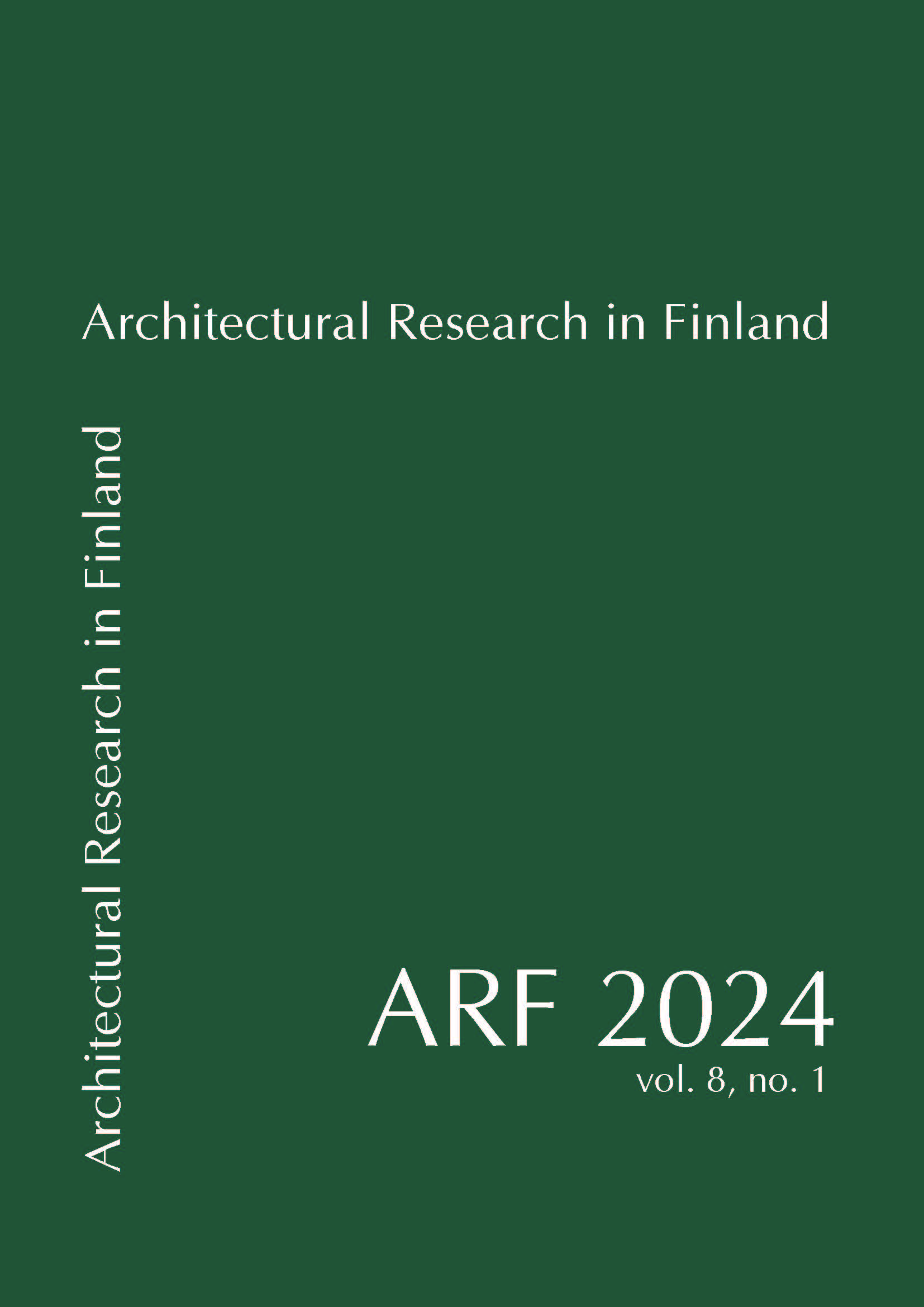Finnish mid-rise timber apartment buildings
Architectural, structural, and constructional features
DOI:
https://doi.org/10.37457/arf.146875Keywords:
timber, timber apartment buildings, mid-rise, architectural features, structural systems, construction method, FinlandAbstract
Timber apartment buildings are becoming more common in Finland in the form of mid-rise buildings. This study examined data from 55 Finnish mid-rise timber apartment buildings built between 2018 and 2022 under the Finnish Land Use and Building Act, which came into force on 1 January 2018. The study aims to increase the understanding of contemporary practices, potential, benefits, challenges, and future prospects of mid-rise timber apartment buildings in Finland. The data was collected through literature surveys and case studies to examine the architectural, structural, and constructional features. The main findings of this study indicated that (1) shear wall structural system was the only structural system, (2) the most preferred construction method was 3D volumetric construction, followed by 2D panel construction, (3) among the 55 case buildings, solid timber studs (i.e., lightweight timber frame walls) were the most used material for shear walls, followed by cross-laminated timber (CLT), (4) the prevalence of specific structural materials varied depending on the construction method and the number of stories. CLT and laminated veneer lumber (LVL) were utilized in 7- and 8-story buildings, and there was no shear wall at these heights, consisting only of solid timber studs, (5) all case-study buildings had a prismatic (i.e., extruded) form, (6) the most dominant core typology was peripheral core (>50%) with 28 cases, followed by a central core with 24 cases, (7) case studies built using the 2D panel construction method had significantly longer maximum lease span and the average of the maximum lease span, (8) case studies built with 2D panel construction method had higher average floor-to-ceiling and floor-to-floor heights, (9) the average total thickness of intermediate floors and party walls between apartments was similar for both 2D panel and 3D volumetric construction methods. Regarding the thickness of party wall structural material, the thickness of CLT had the most repetitions, followed by solid timber studs, (10) while certain buildings had walls with identical structural thicknesses, there were variations in the total thickness of the walls among them. The research also delves into the interrelations between the selected parameters and the construction methods employed.




